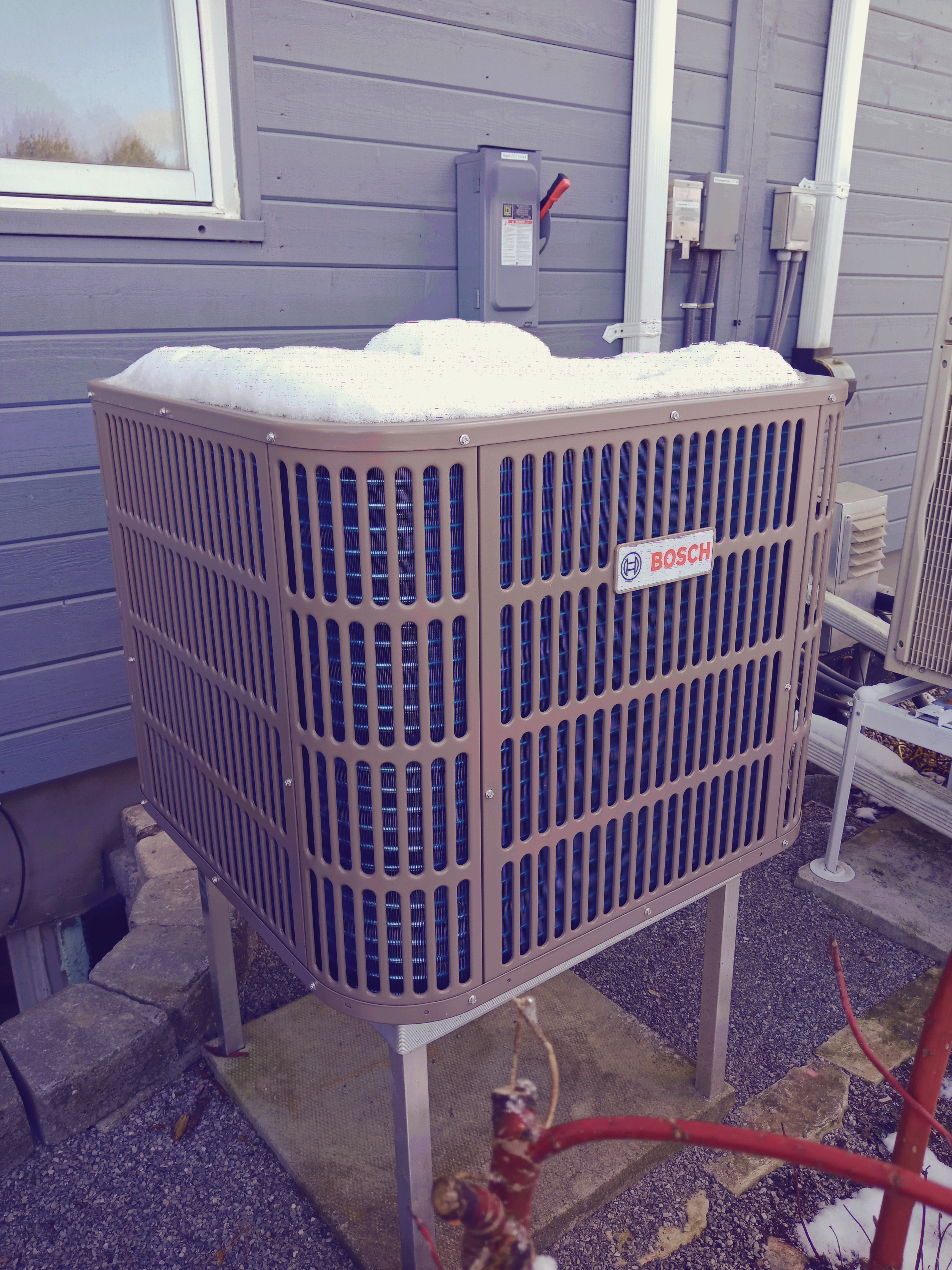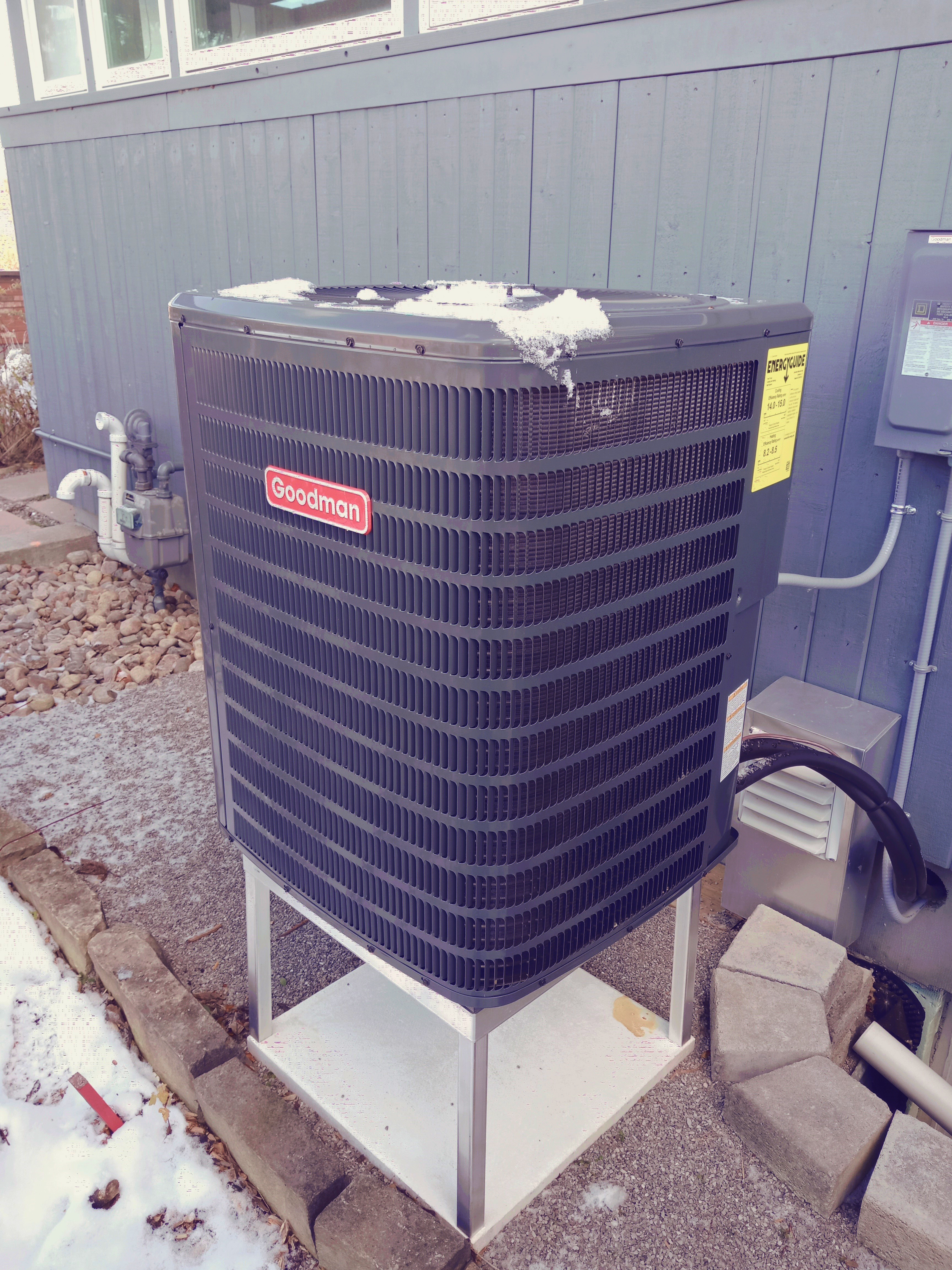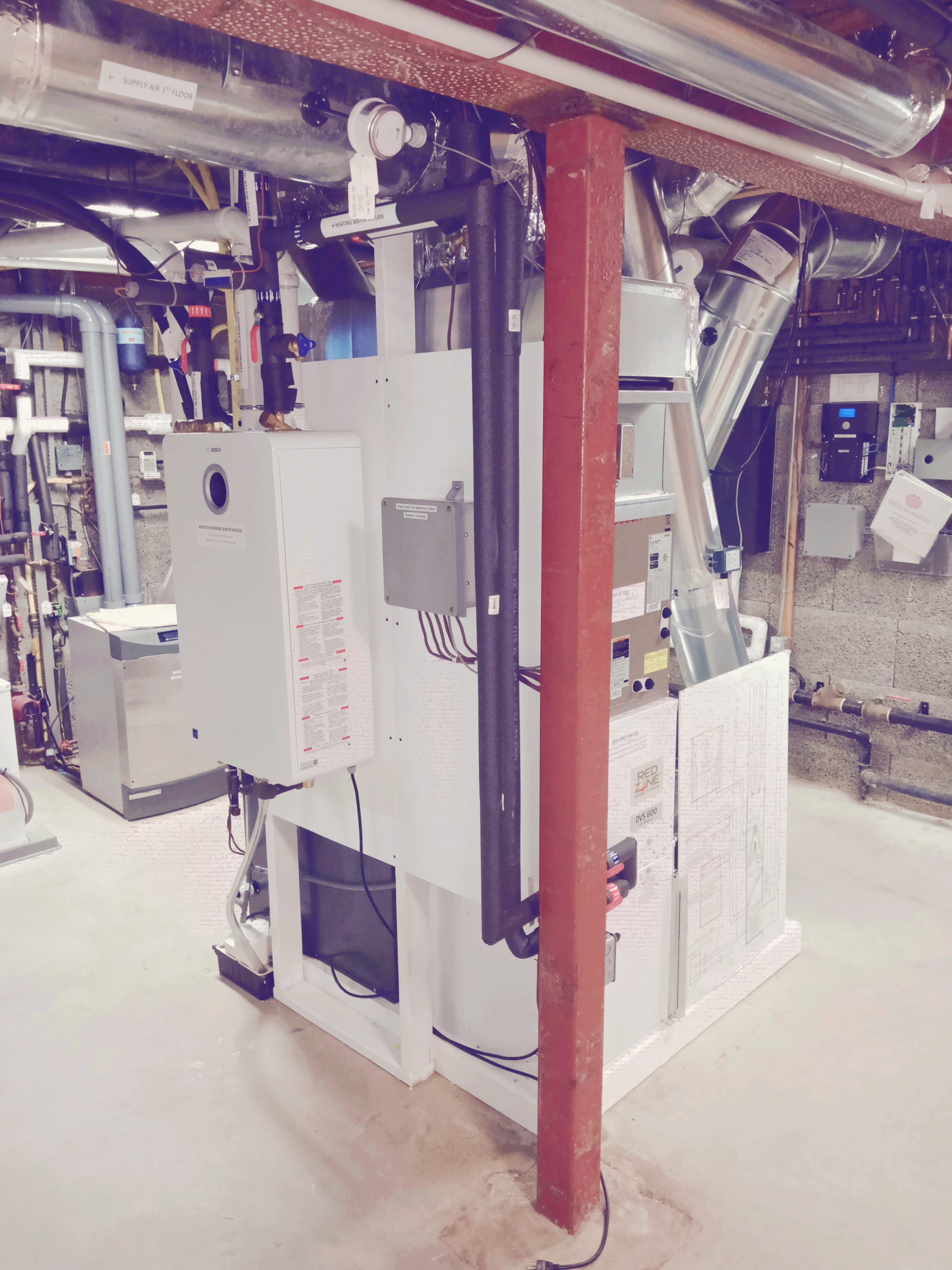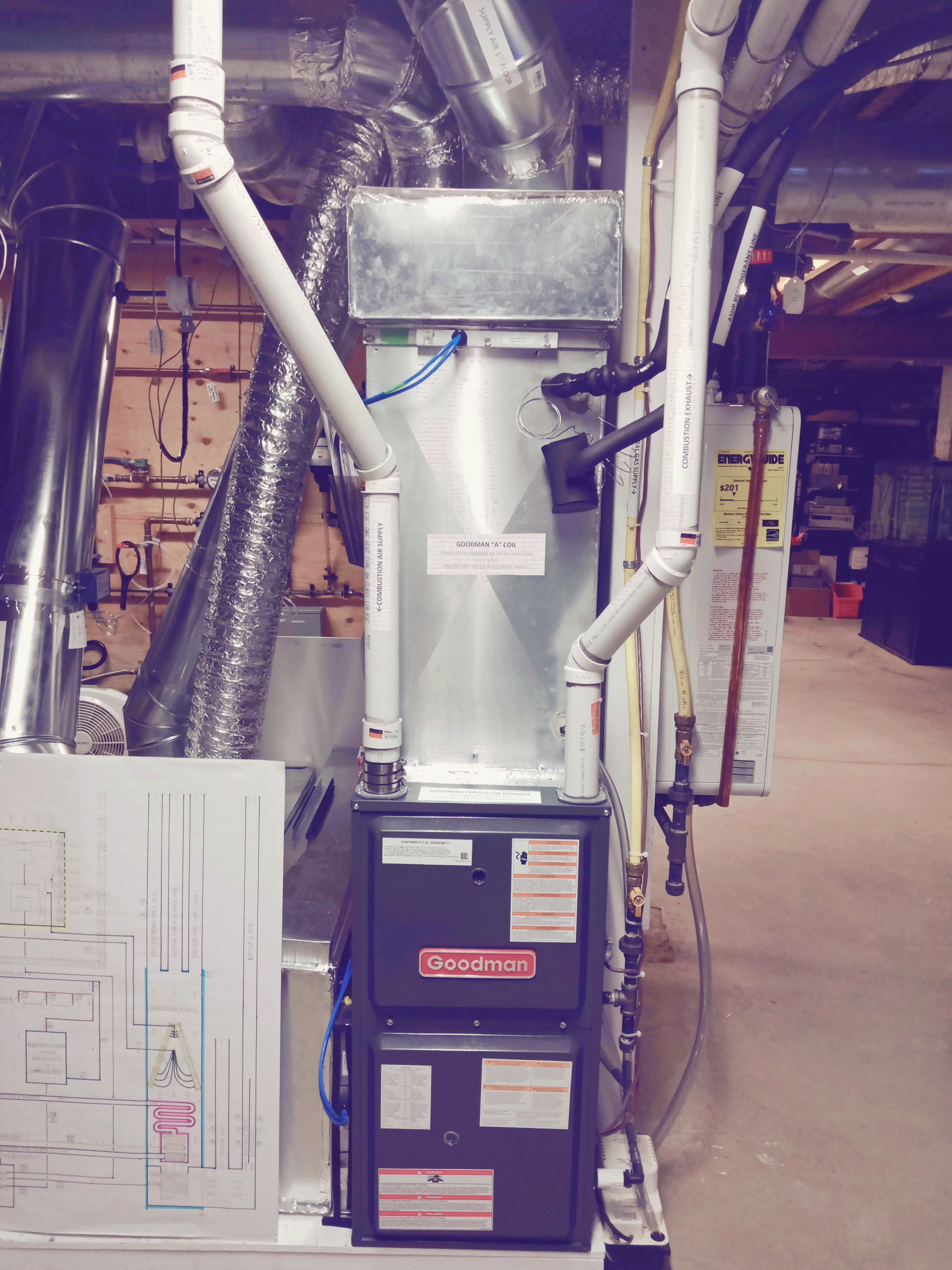Smart Dual Fuel Switching System Aims to Reduce the Carbon Footprint of Natural Gas Heated Homes by 30%
The majority of residential energy consumption is used for heating, ventilation, and air conditioning (HVAC), accounting for approximately 40% of the world’s energy consumption. In Ontario, most heating systems use natural gas as a fuel. Natural gas is carbon-intensive but, at current prices, it is also generally less expensive than most low-carbon electric heating options.
The TRCA’s Archetype Sustainable House at the Kortright Centre for Conservation will serve as the demonstration site for the latest heating and cooling project that will demonstrate and measure the effectiveness of smart control in a residential dual fuel hybrid heating system utilizing both electricity and natural gas. Using smart control, the system is expected to reduce the carbon footprint associated with natural gas heating by 30% without an increase in operating costs.
In partnership with Cricket Energy and Ryerson University (Mechanical and Computer Science), the project recently commenced with the installation of two residential heating and cooling systems provided by Goodman Manufacturing and Bosch Thermotechnology (see system specs below). With the installation now complete, instrumentation calibrated, and controls installed, testing began the last week of October and will continue through to April 25, 2020.
A conventional residential heating system in Ontario utilizes a natural gas furnace or boiler for heating and an electrically-driven air-conditioner for cooling. When cooling is required, the air-conditioner absorbs excess heat from inside the home and rejects to the outside. For a small additional cost (~$1,000), it’s possible to purchase an air-conditioning system that also works in reverse, as an air-source heat pump (ASHP), where it absorbs heat energy from the outdoor air and rejects it inside the home to provide heating. This provides a second heating option to compliment the furnace or boiler and makes it a “dual fuel” system.
The benefit of dual fuel is that the ASHP operates with much lower carbon emissions, but it’s also more economical than natural gas heating in certain conditions – particularly in warmer conditions and during off-peak time-of-use (TOU). To maximize the carbon and cost benefits, a dual fuel hybrid heating system utilizing a conventional natural gas furnace or boiler alongside an ASHP needs smart control to select which system should be operating at any given time. During this study, the system will rely on both the software and hardware written and developed by Ryerson students to switch between electricity and natural gas.
Achieving 30% Reduction in Greenhouse Gas Emissions
To achieve a 30% reduction in greenhouse gas emissions without incurring additional fuel cost, several parameters must be considered to determine which fuel should be used at any given time. The TOU cost of electrical energy must be taken into account, while the efficiency of the air source heat pump at the operating temperature must also be known. As well, the actual outdoor temperature at the time of use must be measured in real-time. The automated system used in this project will consider these parameters, decide which fuel should be used, and control the switching of the fuel.
Testing will be conducted over a 6-month period starting in October of 2019. Each of the four heating systems, Goodman (electric/gas) and Bosch (electric/gas) will be run on its own for three to four weeks, each at various times of the heating season so the performance of each system can be measured under various real-world operating conditions. Performance data gathered will be integrated into the fuel switching algorithm for the purpose of determining the correct time to switch between fuels to maximize benefits. Once the software is updated and loaded into the controller, the systems will run for 10 weeks according to the optimized control algorithm.
Why Do Real World Testing?
The performance of heating systems are measured to a performance standard. Standards ensure that heating systems from different manufacturers are measured fairly “according to the same yardstick” so that consumers can make an informed decision. However, performance standards are not always a perfect representation of how systems perform once installed because there are often other important real world parameters not taken into account within the standard. For the control system to be optimized to provide maximum benefits in the real world, it requires real world performance data. Real world monitoring is then also necessary to ensure that the system can indeed produce a 30% reduction in carbon emissions without incurring additional fuel cost.
Learn More about this Project First-hand!
Scheduled tours are available for those wishing to learn more about this project along with exploring the Archetype Sustainable House’s many other incorporated sustainable technologies. Click here to schedule a tour!
Specifications of installed systems:
Goodman Two-Stage Gas Furnace: Model GMVC96, up to 96.1% AFU | Input: 28,000 /40,0000 BTU/HR
Goodman Air Source Heat Pump: Model GSZ14, 14-15 SEER, 8.2-9.5 HSPF, 1 ½ TONS, -20 degC | Cooling or Heating 18,000/60,000 BTU/HR
Bosch On-demand Hot Water Heater: Model T9800 SE160, Uniform energy factor 0.92 | Input: 9,000/160,000 BTU/HR
Bosch Air Source Heat Pump: Model BOVA-36HDI-M18M, 14.5-18.5 SEER, 9.0-9.5 HSPF, 2 TONS, -15 degC | Cooling or Heating 17,200/24,000 BTU/HR




